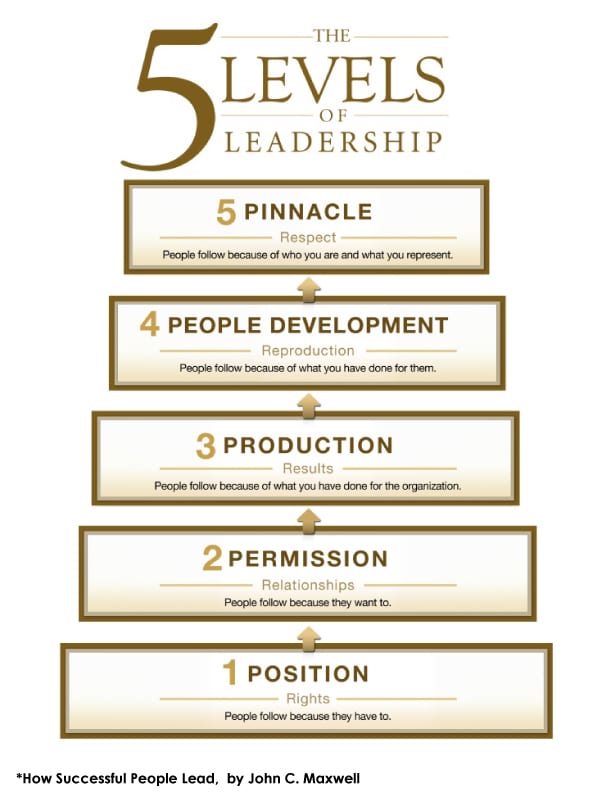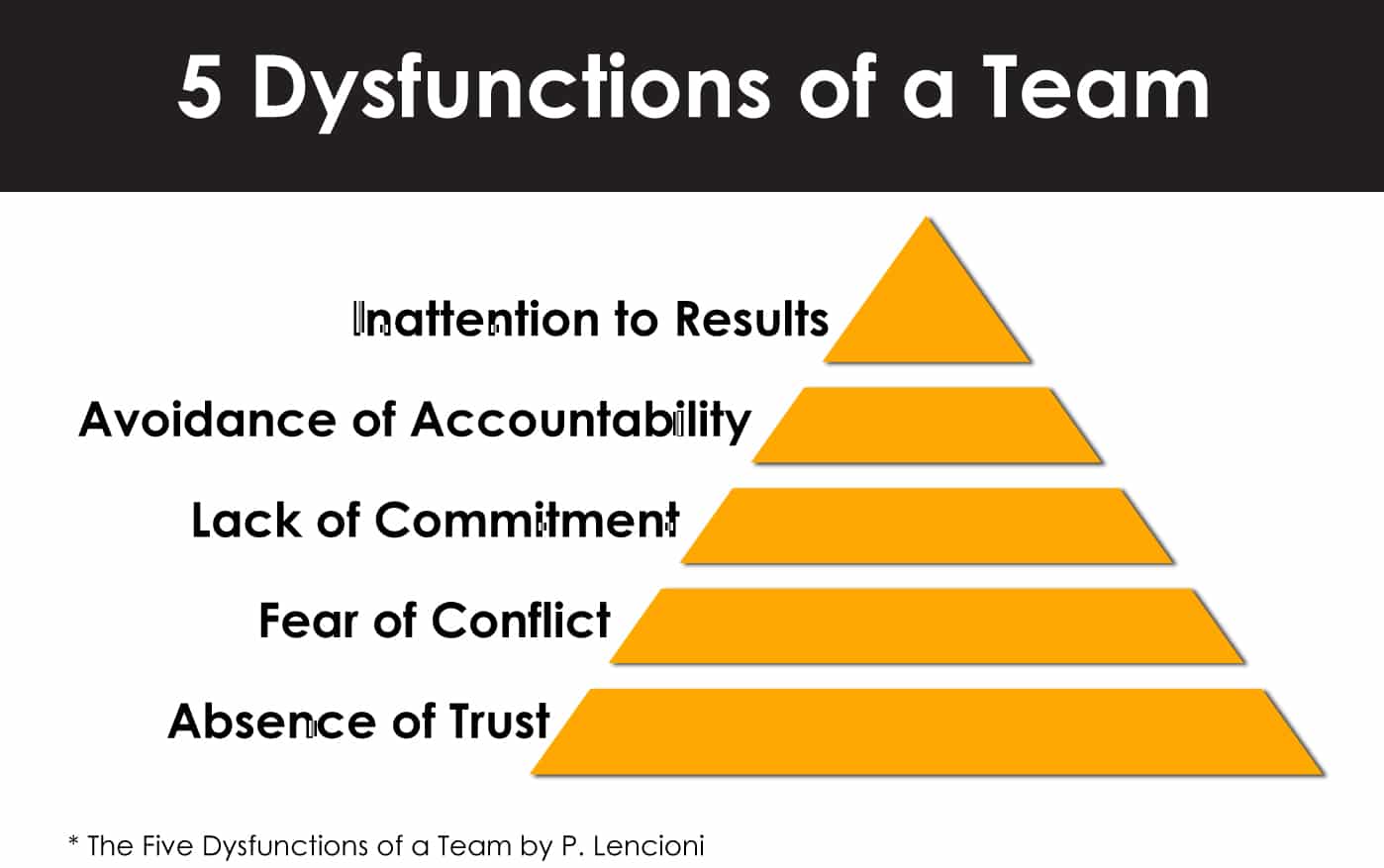Building Effective Leaders and Teams in the Workplace

I recently re-read the book How Successful People Lead, by John C. Maxwell and The 5 Dysfunctions of a Team, by Patrick Lencioni after having a particularly challenging experience collaborating with an executive team. What should have been a straight-forward operations assessment and recommendation project turned into a walk through a political minefield. Every step included dodging ego bullets as they came whizzing by. I was exhausted by the process and needed every interpersonal skill in my tool belt! As I passed my bookshelf, these titles caught my attention. I decided to sit down with Maxwell and Lencioni to reflect on what had transpired over recent months and attempt to gain some perspective.
The executive team was led by a well-intentioned CEO who cared about team building, direct communication and authentic collaboration. Why had his team not matched his cultural expectations? Two members of the team, his CFO and COO, openly mistrusted each other. Each side attempted to use my project to “prove” they were on the right side of the battle line. The COO was territorial, defensive and non-collaborative, missed meetings, and provided just enough information to comply, but overall was not very helpful on the project. The CFO was “well-behaved” in our weekly executive meeting, but used back channels to try to manipulate the process wherever possible because he preferred to not talk about problems head on. The team had a lack of trust, did not address issues openly and directly, was not fully commitment to company initiatives, and hesitated to hold each other accountable publicly. All this behavior impacted the team’s ability to get optimal results as a group. No wonder I felt exhausted!
How Successful People Lead defines 5 levels of leadership and describes attributes to each level. For example, Maxwell explains that Level One Leaders are threatened by talented staff under them. As I started to read, it became clear to me that the COO and CFO perfectly fit a Level One Leader: someone who leads through position and power rather than through team-building and motivation, devalues staff, gathers power through accumulating department size and operating budget, and feels territorial over their own areas of responsibility instead of pursuing what is in the best interests of the company. They don’t mentor and cultivate their staff which can cause star employees to transfer departments or leave the company. Level One Leaders tend to promote employees who will not challenge their authority in favor of more compliant staff. My experience certainly confirmed these observations. During the project, one of the star employees I met told me they were about to quit and move on because of frustration over the lack of opportunity within the company. By then, I had already concluded that it wasn’t the company that didn’t cultivate growth in its employees; it was the leader of her department.
The politics on the executive team also demonstrated Lencioni’s description of the five dysfunctions all teams face and how to overcome them. Understanding these dysfunctions and how they impact company operations and keep teams from reaching optimal results for an organization is critical if a company wants to be an industry leader. The ability of the company to meet its goals will continue to be a challenge unless the team can build trust, lean into healthy conflict, commit to a common goal and hold each other accountable to achieving that goal. Building trust is the first step.
Let’s face it: replacing management is a hassle, costs money, and disrupts business. However, what is the cost of not taking action?
I highly recommend that CEOs assign Maxwell’s book “How Successful People Lead” to all levels of management within an organization in addition to Lencioni’s book “The 5 Dysfunctions of a Team.” Challenge your management team to assess their leadership level, have them discuss their effectiveness as a team, and facilitate conversations bringing attention to their emotional intelligence (EQ) in team dynamics. For more information on EQ, see my blog “How to Improve Employee Emotional Intelligence”.
As leaders our role is to inspire those we lead to climb to the next level of leadership, regardless of their position or role in a company. Ultimately, each of us is responsible for cultivating good leaders and doing so will pay off exponentially.
Understanding an employee’s behavior profile can be a first step. DISC is a great behavior profile tool that allows you to improve communication and your effectiveness at work.







